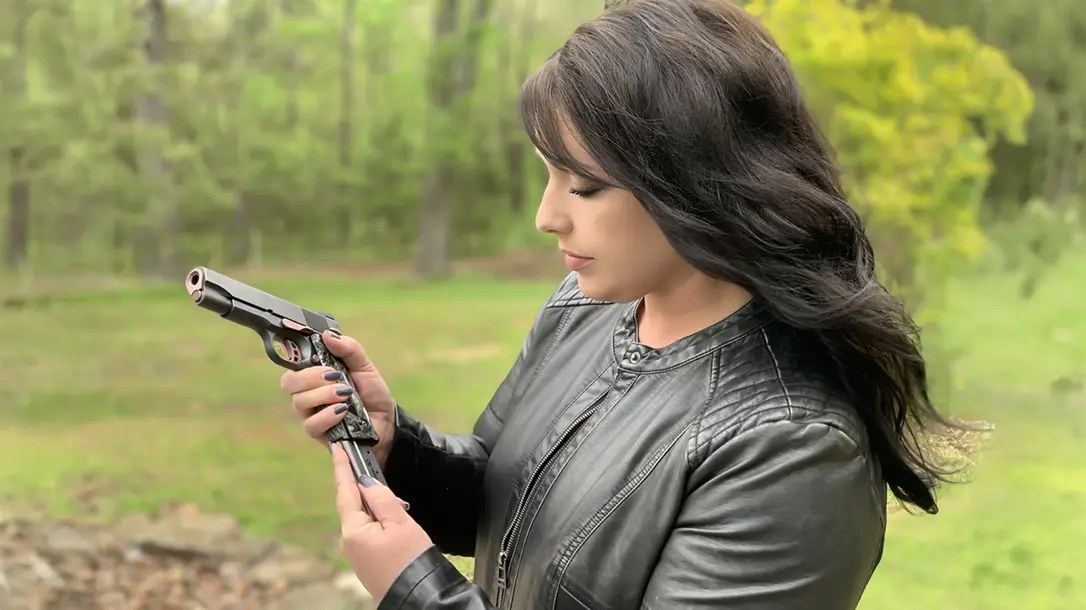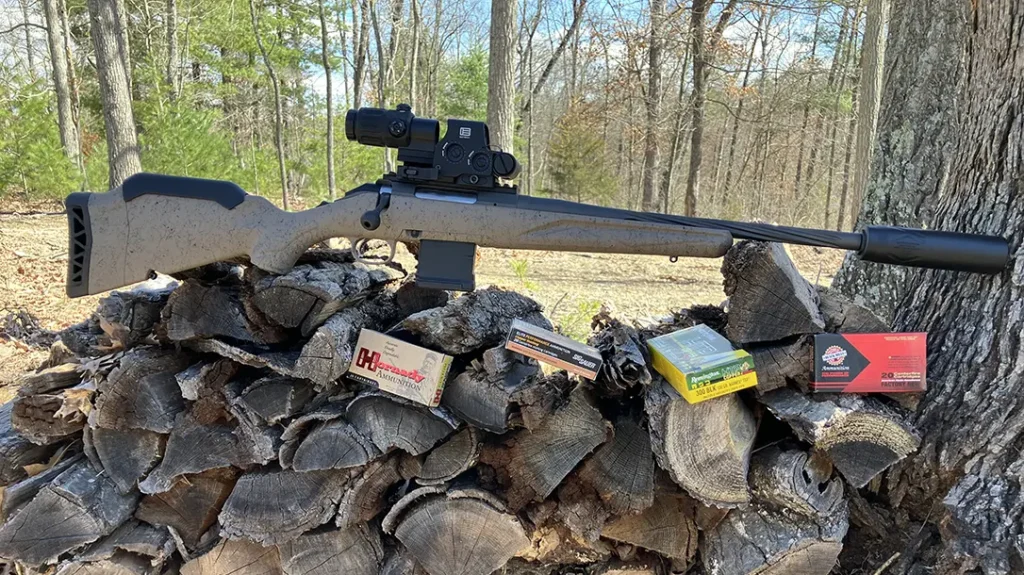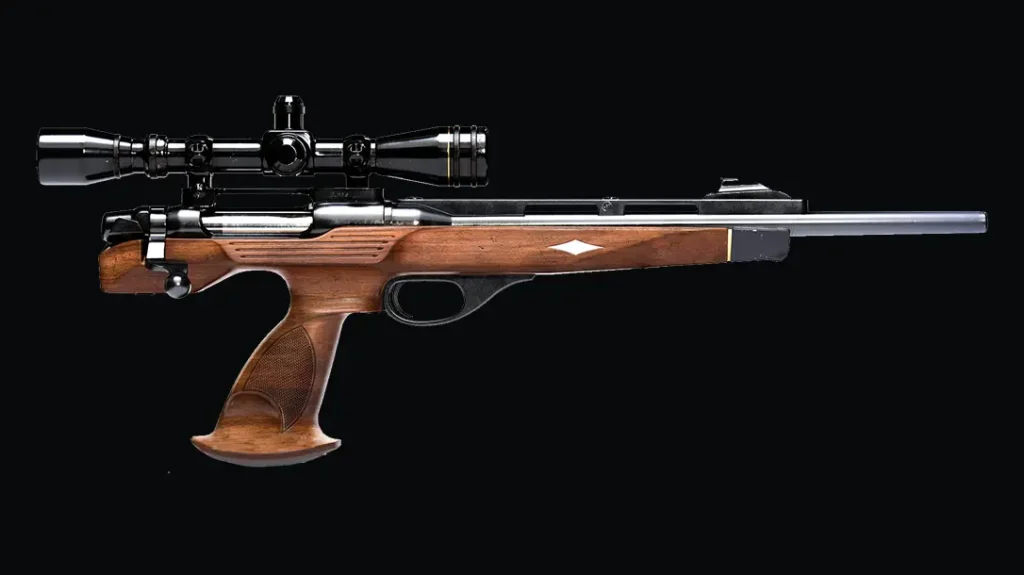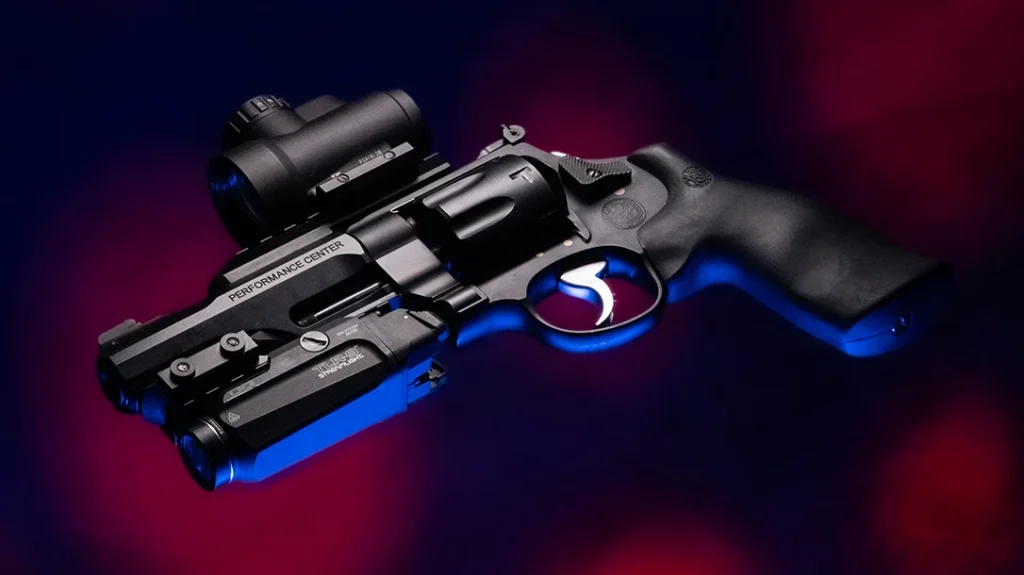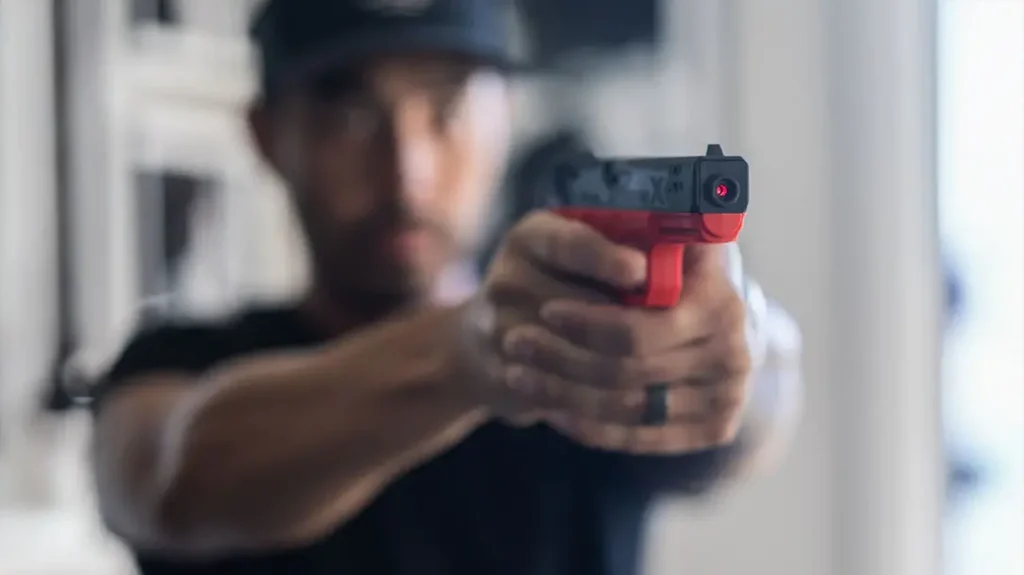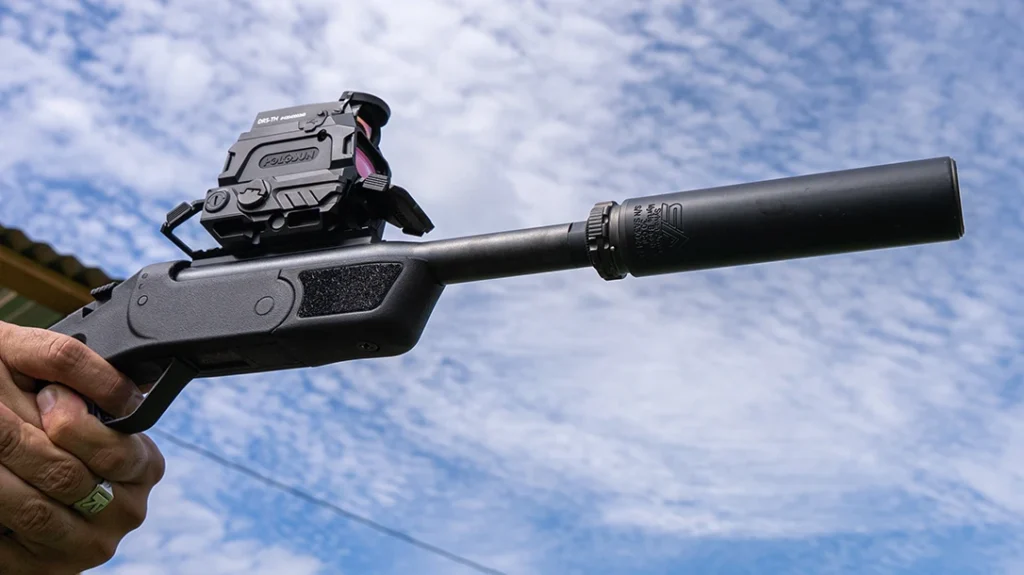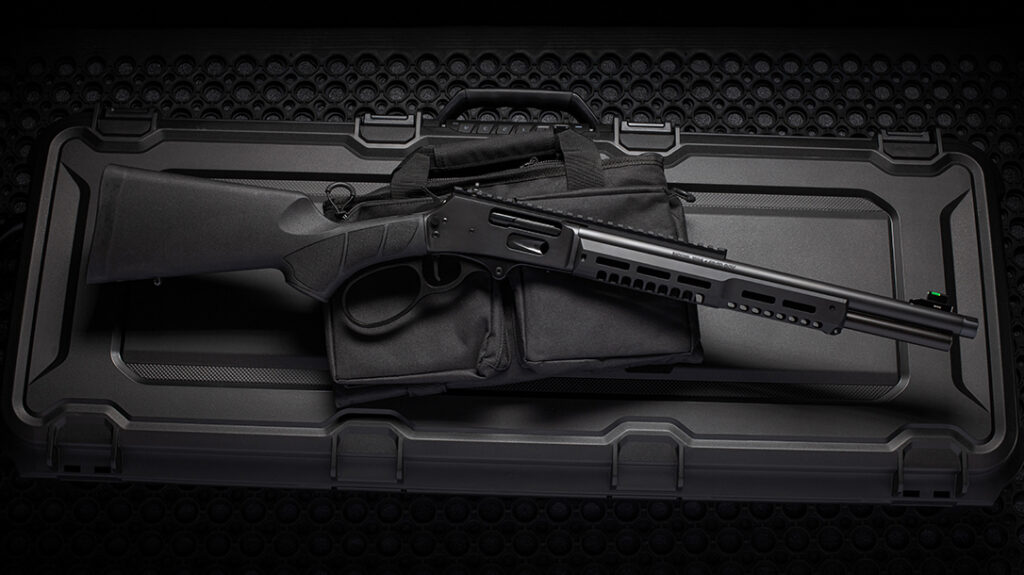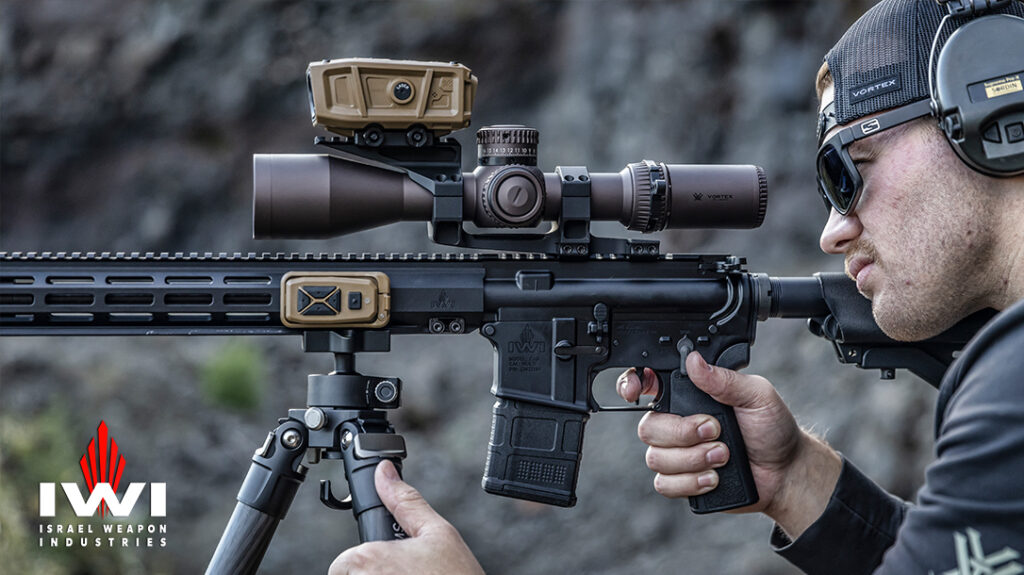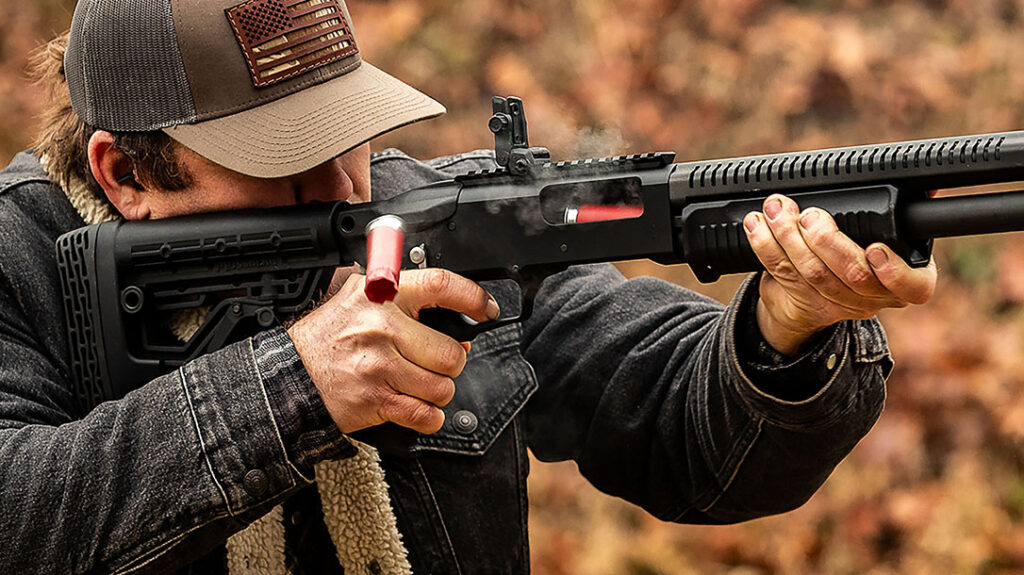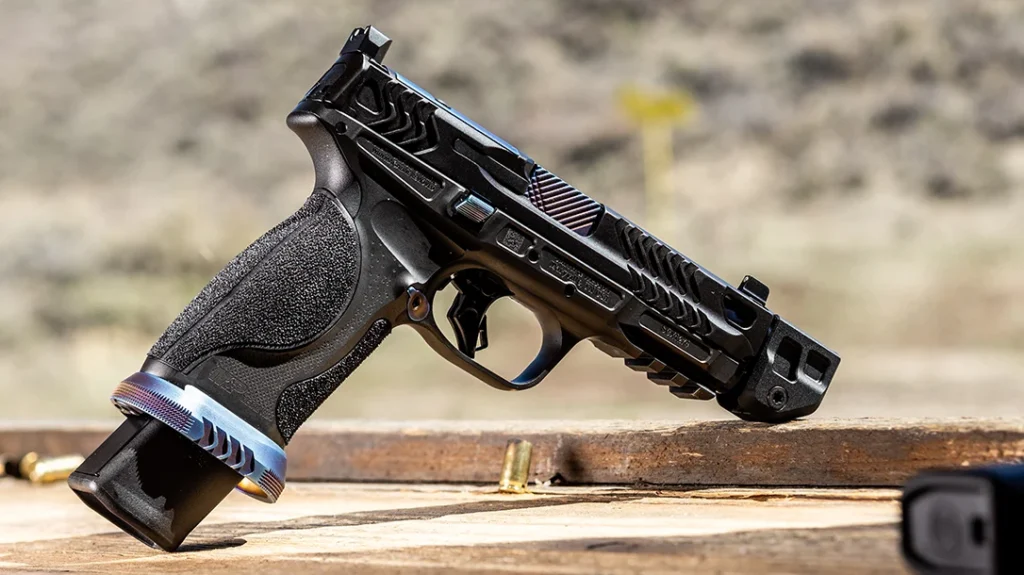The 1911 handgun has become an integral part of Americana, much like apple pie and baseball. With its iconic appearance and historic connections to two world wars, it remains a staple in gun collections across the country. However, for many newer shooters, the 1911 presents a mystery, as they often start with striker-fired guns. Let’s explore five key aspects you should know about this iconic pistol.

A Few Things You May Not Know About The Iconic 1911
John M. Browning designed the 1911 in collaboration with Colt, and the U.S. Army officially adopted it in the spring of 1911, giving birth to the name. The 1911 served as the standard-issue sidearm for the United States Armed Forces from 1911 until 1986, when the Beretta M9 9mm pistol took its place. Its popularity among users remains strong; modernized variants of the 1911 continue to see service with some U.S. Army Special Forces and Navy units. Notably, several years ago, the Marine Corps briefly readopted the 1911. The military procured approximately 2.7 million 1911 and 1911A1 pistols throughout their service life.
Advertisement — Continue Reading Below

Many people do not realize that the 1911 was designed to function as its own armorer’s toolkit. You can field-strip the gun entirely without any special tools—its grip screws feature slots that you can turn with a .45 ACP case rim. This idea influenced the design of the M-16 as well, where Eugene Stoner created a firing pin that could serve as a complementary armorer’s tool for the 1911. The pin’s stepped diameters fit every hole in the pistol, with even the small diameter behind the tip fitting the slave pin for the sear and disconnect.

Advertisement — Continue Reading Below
Various Sizes
While the original 1911 was a full-sized gun, numerous variations have emerged over the years. Generally, three different versions are available on the market today. The Government model stands as the classic full-size version, equipped with a five-inch barrel and a full-length slide. The Commander follows closely, featuring a full-size grip and frame but with a shorter barrel measuring approximately four and a quarter inches. The Officer represents the smallest common 1911 size, utilizing a three-inch barrel and a shortened frame.

One popular feature of the 1911 is its trigger, which many consider the gold standard of performance due to its crisp, short action. Unlike modern triggers, which handle multiple tasks—from cocking the firing pin system to disengaging trigger safeties—the 1911 trigger focuses solely on releasing the hammer as it travels back in a linear channel. This straightforward motion creates a very smooth feel, making the 1911 a favorite in competitive shooting circles.
Advertisement — Continue Reading Below
Originally chambered in .45 ACP, the 1911’s popularity in competition has led to various calibers becoming available. Many models now come chambered in 9mm, but you can also find versions in .38 Super, 10mm Auto, and 9x25mm. Ultimately, a wide range of chamberings exists for the 1911, covering nearly every handgun round.
The Iconic 1911
While the 1911 may not be the lightest or smallest pistol on the market, it performs solidly and remains an effective weapon. Over a century after its introduction, manufacturers continue to produce their variants, ranging from affordable options to high-end masterpieces priced around $5,000. This iconic gun holds a significant place in American history, and among its many nicknames, the one given by Mexican Banditos during conflicts with General Pershing—“Yankee Fist”—stands out as particularly fitting.
